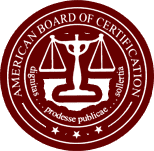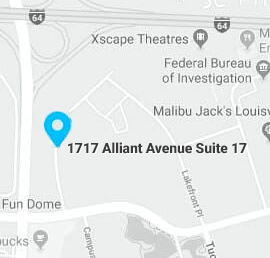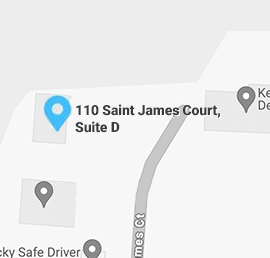As soon as you receive a discharge notice for your Chapter 7 bankruptcy, you are no longer legally obligated to pay most of your debts. That is an excellent opportunity for you to get a fresh start with your finances. In the early months and years after your bankruptcy discharge, it’s best to stay away from credit if possible. You do eventually want to rebuild your credit, but for now, focus on paying your remaining bills on time.
You should also start a savings account for future emergencies, even if you can only afford to put aside a few dollars a week. Once you’ve saved the equivalent of three months’ worth of expenses, you can start looking for ways to reestablish your credit. The key to success is to start small and never take on more than you can manage.
Department Store or Secured Credit Cards
Many people who file bankruptcy feel surprised that credit card companies solicit them for new accounts after discharge. However, it’s essential to read these offers carefully as the interest rates may be sky-high. The last thing you want to do is get in over your head with credit card debt so quickly.
Secured credit cards can make a better option for people wishing to re-establish credit after bankruptcy. You must make a deposit equal to your line of credit to open an account. The account holder reports your payment history to the major credit reporting agencies each month just like any other credit card.
Once you’ve shown a positive payment history, you can move on to apply for a small, unsecured line of credit from a department store. The interest rate may still be high, but you can avoid paying it by making your payment on time each month and only charging a small amount.
Federal law now requires financial counseling as part of the bankruptcy process. That can help you manage your credit better in the future as well.






